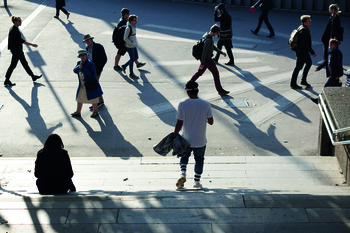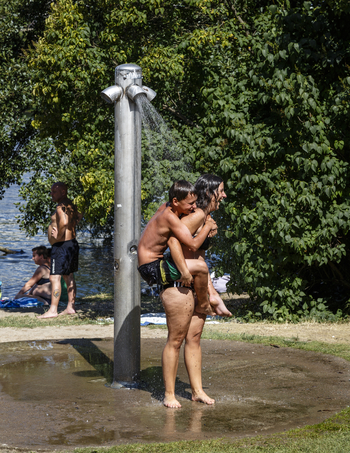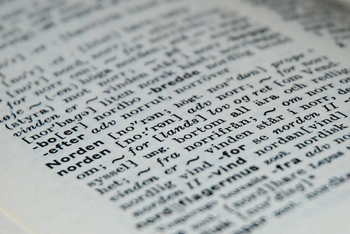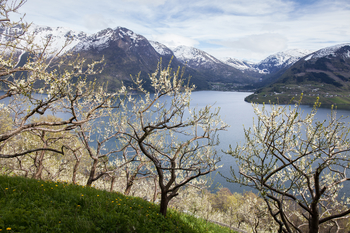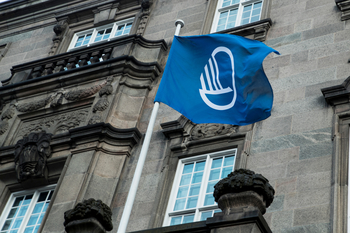Politics
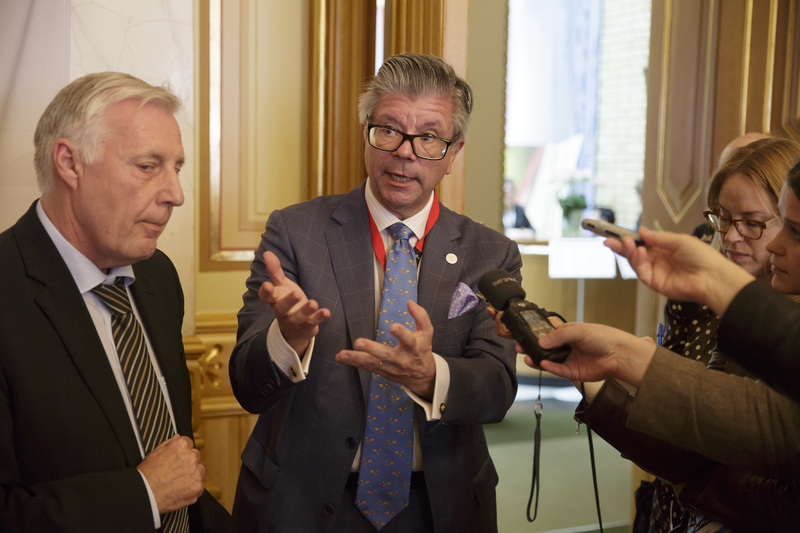
In the early 20th century, the Nordic countries gradually became more and more democratised. Denmark, Norway, and Sweden are constitutional monarchies with royal heads of state, while Finland and Iceland are republics whose heads of state are presidents.
Although the Scandinavian monarchs have no political power, both the Danish and Norwegian heads of state take part in meetings of Ministers of State with the countries’ governments and sign all laws. The nobility have no political influence in either Denmark or Sweden and are fully integrated in civil society.
The Icelandic president is a representative head of state similar to the Scandinavian monarchs. By contrast, the Finnish president can influence the country’s foreign policy, military affairs, and the appointment of certain officials.
Power in the Nordic countries is threefold through legislative, judicial, and executive powers. Some call the countries’ free press the “fourth power of the state”. Fraud is not tolerated, and the Nordic countries are some of the least corrupt in the world.
Parliaments and governments
All the countries in the Nordic Region are parliamentary democracies, with power held by the majority in parliament. A government does not have to hold a majority, however, and can negotiate a majority on a case-by-case basis. Minority governments are common in the Nordic Region. A government in a Nordic country can only remain for as long as a parliamentary majority accepts it. A majority of the parliament is not required to actively support the government, merely not to actively oppose it. This is called “negative parliamentarism”.
The Nordic parliaments have different names and different numbers of members. The Danish Folketing has 179 members, including two representatives from the Faroe Islands, and two from Greenland.
The Finnish Riksdag has 200 members, including one representative from Åland. The Icelandic Allting has 63 members, the Norwegian Storting 169, and the Swedish Riksdag 349.
The Faroese Lagting has 33 members, the Greenland Landsting 31, and the Lagting in Åland 30.
The voting age in the Nordic countries is 18.
Extensive gender equality
Some women in Sweden were entitled to vote in local elections as early as 1862. Women gained the right to vote in Finland in 1906, in Sweden in 1921, in Norway in 1913, and in Denmark and Iceland in 1915. All five Nordic countries were among the first in the world to give women the vote. In Switzerland, for example, women were not entitled to vote until 1971.
Women’s suffrage has been a cornerstone in the development of gender equality in the Nordic countries. Iceland and Finland have had women presidents and the other Nordic countries have had woman heads of government. Denmark had a woman head of state in the form of Queen Margrethe II between 1972 and 2024.
The proportion of women in the Nordic parliaments is one of the highest in the world.
High election turnout
Election turnout in the Nordic countries is well above the global average, although it varies throughout the region.
Only citizens can vote in parliamentary elections in the Nordic countries, and the countries have different residency requirements. However, Nordic citizens who live in other Nordic countries are entitled to vote in municipal elections in their country of residence. However, there are differences in how long one must have lived in that country before one can vote.
Nordic foreign policy
The Nordic countries have generally maintained a tradition of seeking global influence. Over the years a number of top politicians from the Nordic Region have held key positions in the UN and NATO, for instance. The Nordic countries have often offered their expertise as mediators in international conflicts, and several of the Nordic countries provide some of the highest levels of aid to developing countries as a percentage of their GDP.
Denmark has been a member of the EEC/EU since 1973, while Finland, Åland, and Sweden did not join until 1995. Norway, Iceland, the Faroe Islands, and Greenland are not members of the EU, but are part of the European single market called the EEA (European Economic Area).
Denmark, Iceland, and Norway have been members of NATO since it was set up in 1949, while Finland joined in 2023. Sweden is still waiting for its application to be fully approved.
All the Nordic countries are members of the UN, the WTO, and the OECD.
The Nordic Council was created in 1952. The five Nordic countries and the three autonomous territories have engaged in close and trusting political co-operation ever since.
Parliamentary co-operation takes place through the Nordic Council, and governmental co-operation through the Nordic Council of Ministers.
